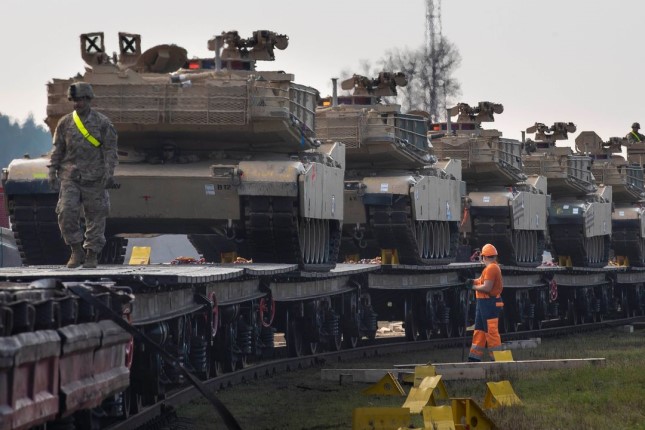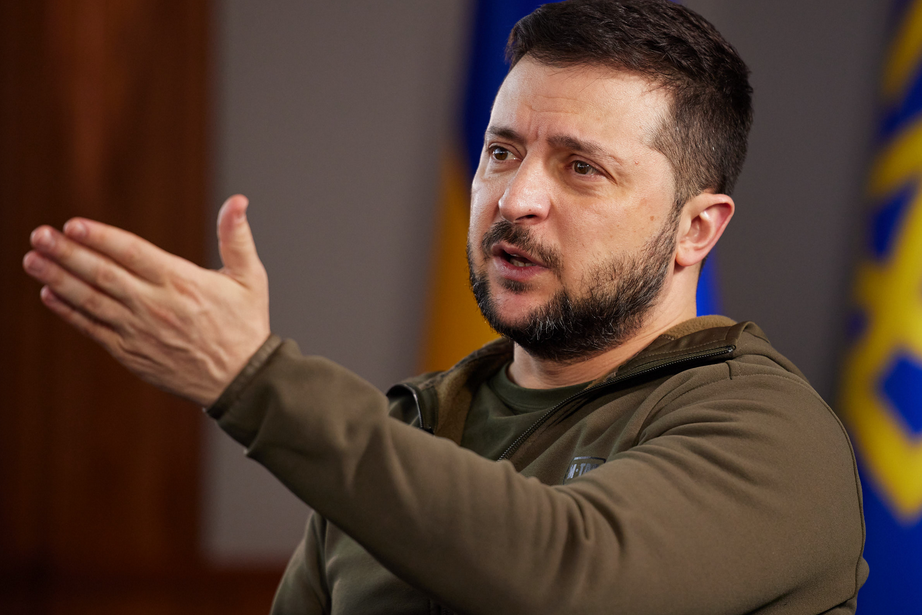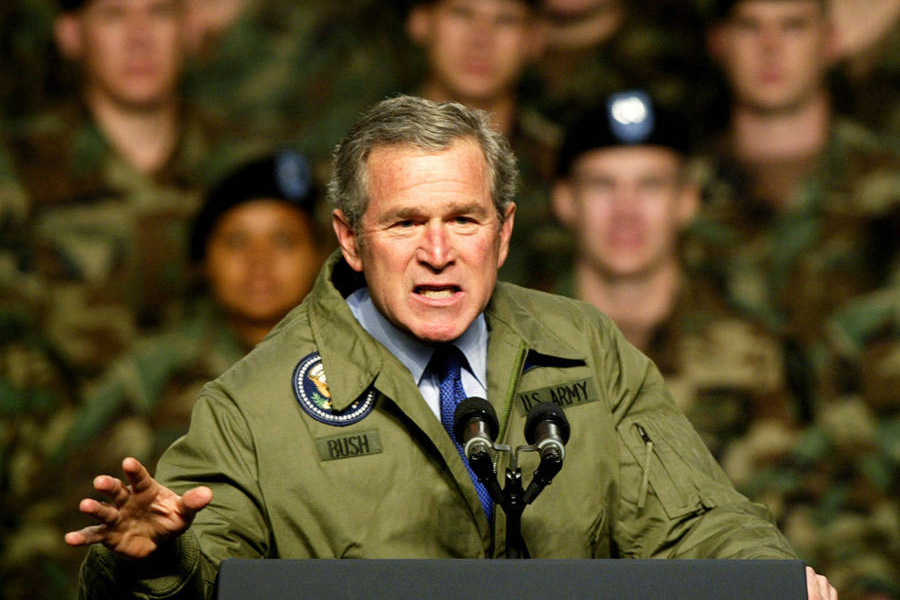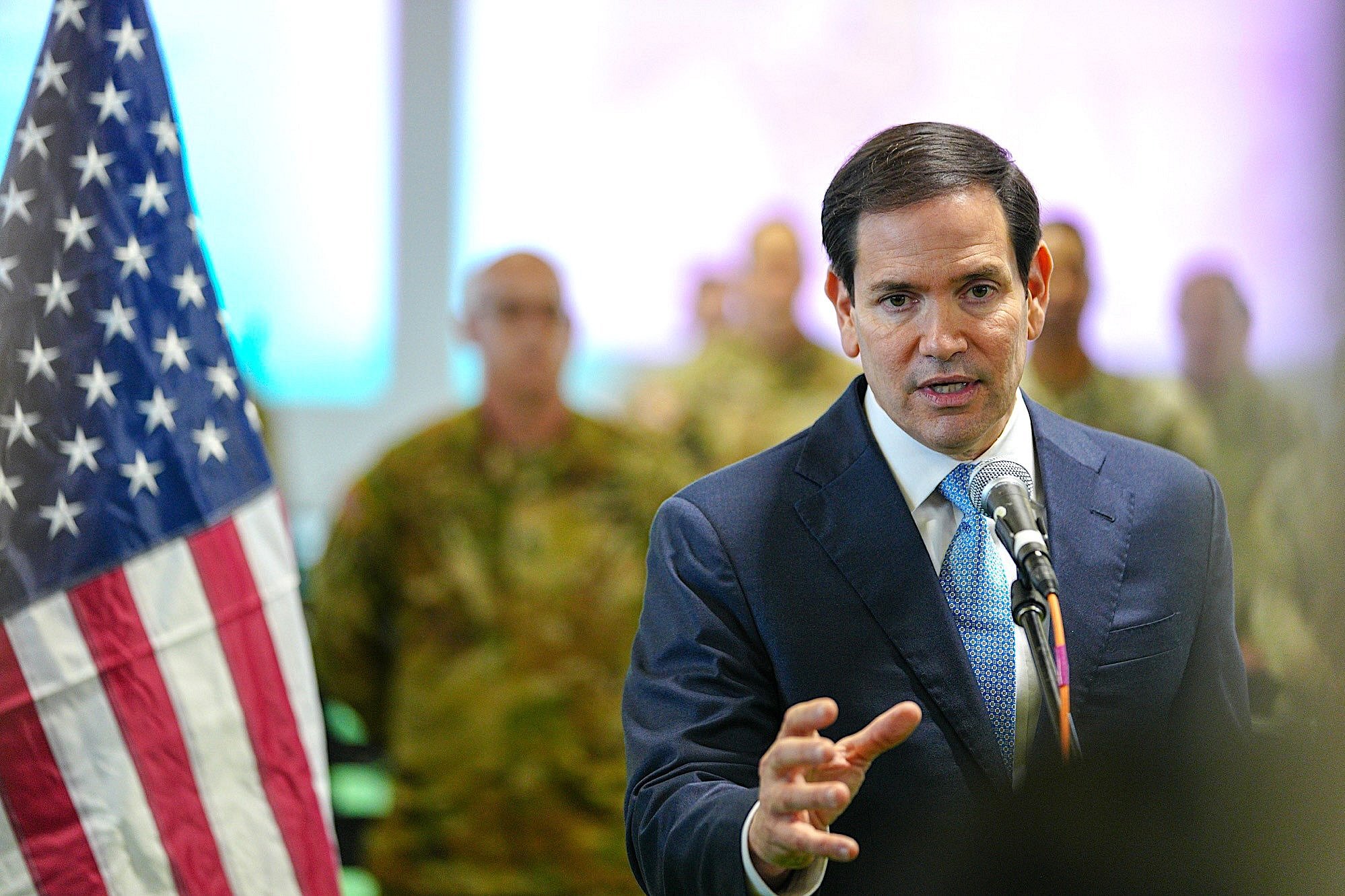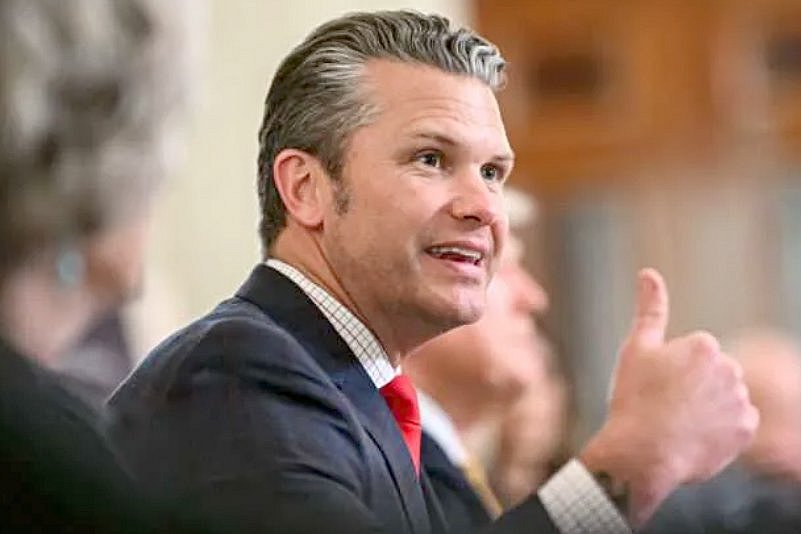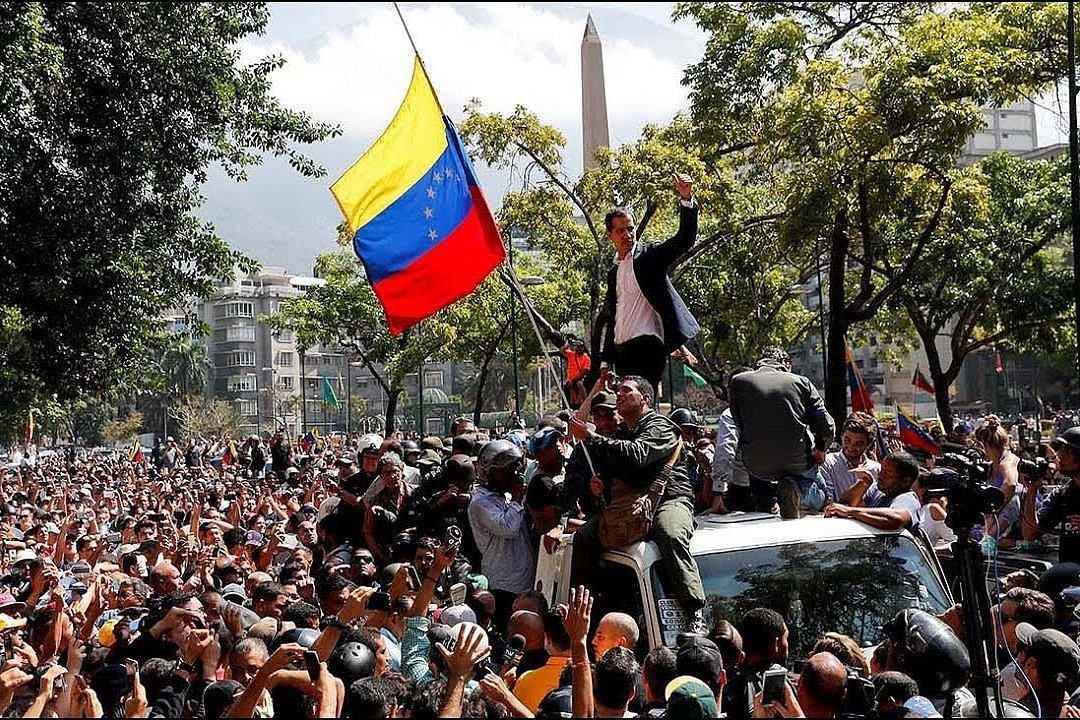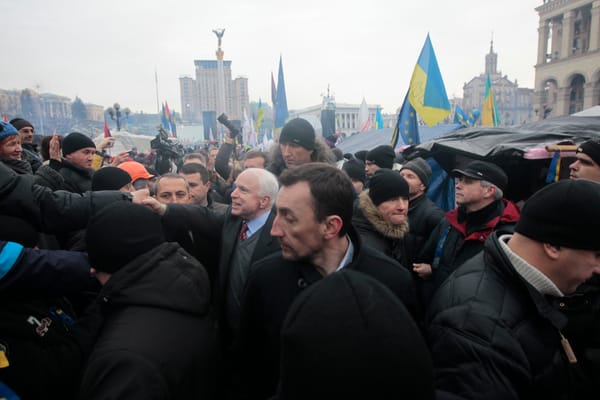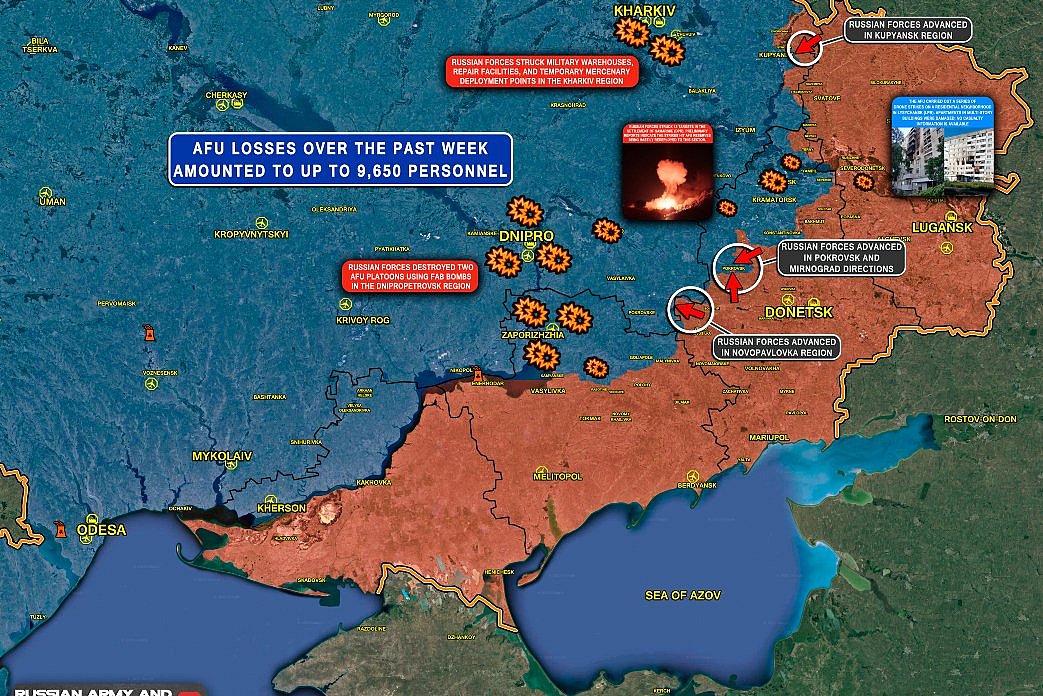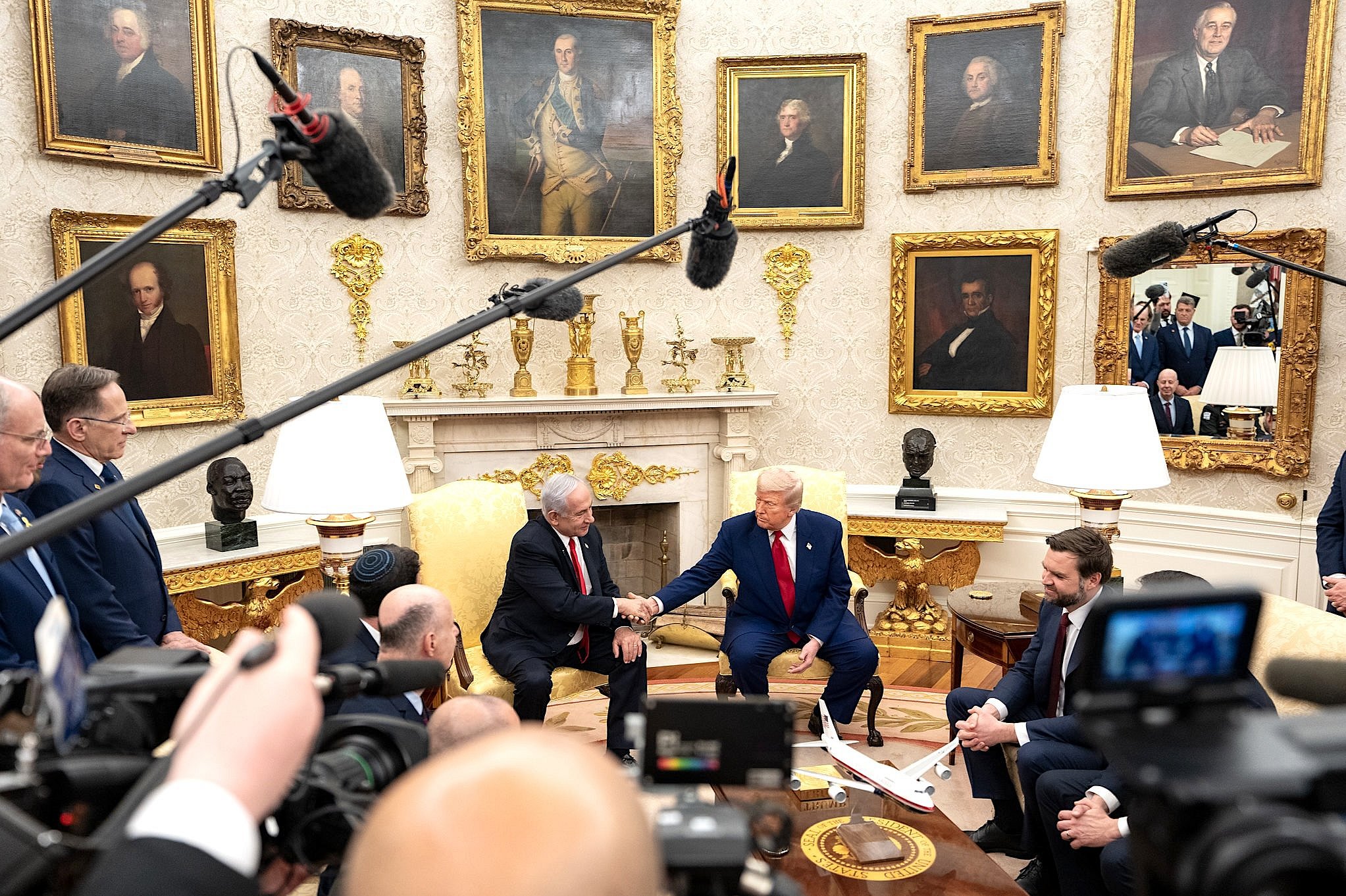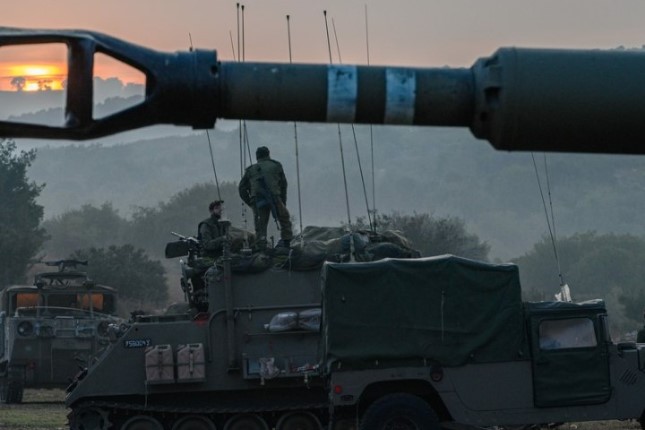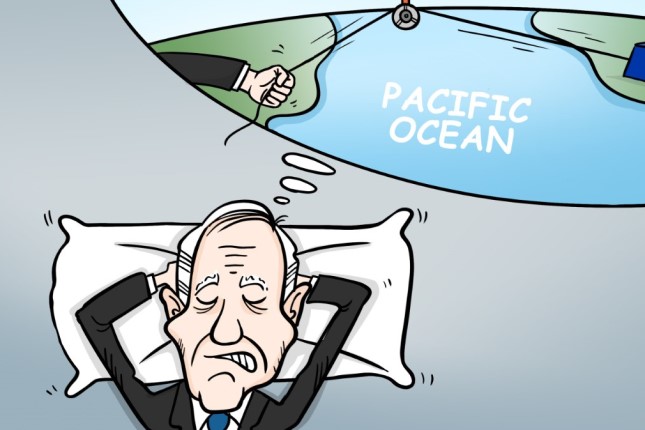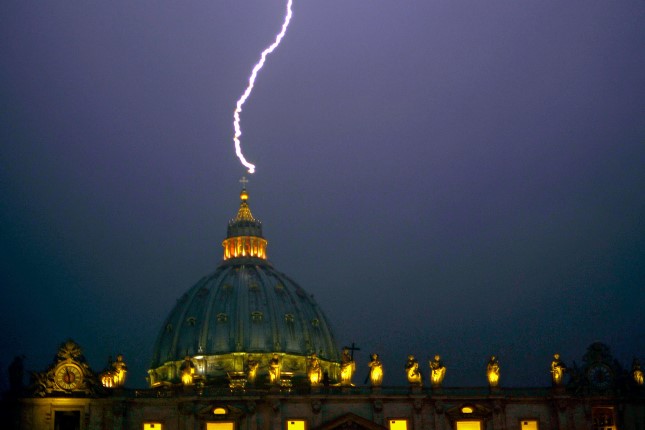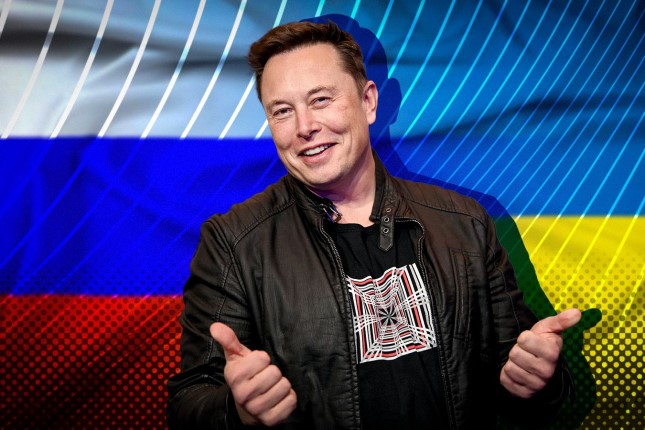The United States promised to send nearly three dozen Abrams tanks to Ukraine in January. At the time, delivery of the weapons was not expected until next year, but the Pentagon announced in March that the plan would be accelerated.
“It is the first tranche of Abrams that has arrived,” said Pentagon spokeswoman Sabrina Singh.
Singh confirmed a statement by Ukrainian President Volodymyr Zelensky Monday that “The Abrams is already in Ukraine and is preparing to strengthen our brigades.”
Each M1 Abrams tank costs $15 million. Despite the deployment of hundreds of Western tanks and armored vehicles, Ukraine’s “spring offensive” has failed to achieve any significant breakthroughs. Dozens of these advanced vehicles sent by NATO have been destroyed over the summer. In the face of this disaster, the United States is removing the last remaining limits on its involvement in the conflict.
Last week, US media outlets confirmed that US President Joe Biden told Zelensky that the United States will provide the ATACMS long-range missile to Ukraine, capable of striking hundreds of miles behind the Russian front.
The announcement of the Abrams tanks took place at approximately the same time that the US, Germany, France and the UK announced that they would send other tanks and fighting vehicles, such as the Bradley infantry fighting vehicle and the Leopard 2 main battle tank.
Unlike these vehicles, however, the Abrams is powered by a jet turbine and operates on jet fuel, requiring a dedicated supply chain and technicians and experts knowledgeable in how to service its extremely complicated propulsion system.
The deployment of these vehicles raises questions about how they will be maintained and serviced. The US Army, the only branch of the US armed forces that fields the Abrams, relies on a global team of civilian contractors to maintain them. In January, four-star General Barry McCaffrey, appearing on MSNBC, declared, “Of course the Ukrainians, with civilian contractor support, can maintain these Abrams.”
At the time, the World Socialist Web Site asked, “Who are these ‘civilian contractors’ if they are not ‘Ukrainians’?”
In an ominous development, just days before the arrival of US Abrams tanks in Ukraine, RIA Novosty, the state-owned Russian news source, carried a report alleging that “reconnaissance officers from the Russian Armed Forces had destroyed a Leopard tank supplied to Ukraine with an all-German crew consisting of German Armed Forces.”
In response, the German Ministry of Defense gave a blanket denial to Deutsche Welle, declaring, “There are no German tank crews in Ukraine.”
The deployment of Abrams tanks to Ukraine comes amid growing demands in the American media for the direct deployment of American “boots on the ground” in Ukraine.
On Friday, Foreign Affairs published an article entitled, “Why America Should Send Military Advisers to Ukraine.”
The article, among whose authors is an active-duty American lieutenant colonel, argues, “Washington should, therefore, lift the strict restrictions on the number of US government personnel allowed in Ukraine and begin stationing military advisers within the country and across its defense apparatus.”
It continues, “US advisers could, of course, still come under attack: no one in Ukraine is truly safe from Russia.”
In July, the Pentagon approved hazard pay for American troops serving in Ukraine. Last November, US Air Force Brig. Gen. Pat Ryder acknowledged the fact that Pentagon troops are already deployed inside Ukraine.
Even as the United States continues to surge military assets into Ukraine to support its flagging ground offensive, Ukraine is increasingly using NATO-provided weapons to strike at Russia’s naval facilities in Crimea.
On September 13, the missiles were used to destroy a Russian amphibious landing ship and a submarine that were in dry dock at the port of Sevastopol. Just over a week later, on Friday, Ukraine launched a massive strike on the headquarters of the Russian Navy in Crimea.
Ukrainian officials claimed that 35 high-ranking officers were killed during the latest strike, including Viktor Sokolov, commander of the Russian Black Sea fleet. While Russian officials have disputed that Sokolov was killed, the strike clearly constituted a major attack on a leadership center of the Russian armed forces, using NATO weapons and coordinated with US logistical support.
In response to these events, the UK Ministry of Defense issued a statement gloating about the use of weapons it provided in direct strikes on military targets inside Russian-claimed territories.
“The Russian Black Sea Fleet (BSF) has suffered a series of major attacks in recent weeks, culminating in strikes on its headquarters on 20 and 22 September 2023,” the Ministry of Defense said. “These attacks have been more damaging and more coordinated than thus far in the war.”
It continued, “The physical damage to the BSF is almost certainly severe,” adding, “It also likely has a degraded ability to defend its assets in port.”
The Ministry of Defense concluded, “Dynamic, deep strike battle is underway in the Black Sea. This is likely forcing Russia into a reactive posture while demonstrating that Ukraine’s military can undermine the Kremlin’s symbolic and strategic power projection from its warm water port in occupied Sevastopol.”
These statements mirror an article in The Economist entitled “War has arrived in Crimea,” which declares, “Ukraine has significantly degraded Russia’s ‘naval power ratio,’ an operational measure it uses to take account of drones, radar, shore-based artillery and so forth, as well as warships. Though it is still a long way from parity. At the start of the war its navy put that ratio at 12:1. Today it stands at 4:1.”
The exceptional focus of Ukraine and the NATO powers on Russian naval assets in the Black Sea cannot be understood simply within the stated aims of Ukraine’s current offensive. Rather, these developments raise the prospect that the United States and NATO may intervene directly into the conflict, including an attempted naval blockade or direct attack on Crimea itself.
Russian military doctrine allows the use of nuclear weapons to defend territory claimed by Russia, including Crimea.
Photo: Abrams battle tanks stand on rail cars in Lithuania, near the Russian border, in 2019 © AP Photo.
Source: World Socialist Web Site.
